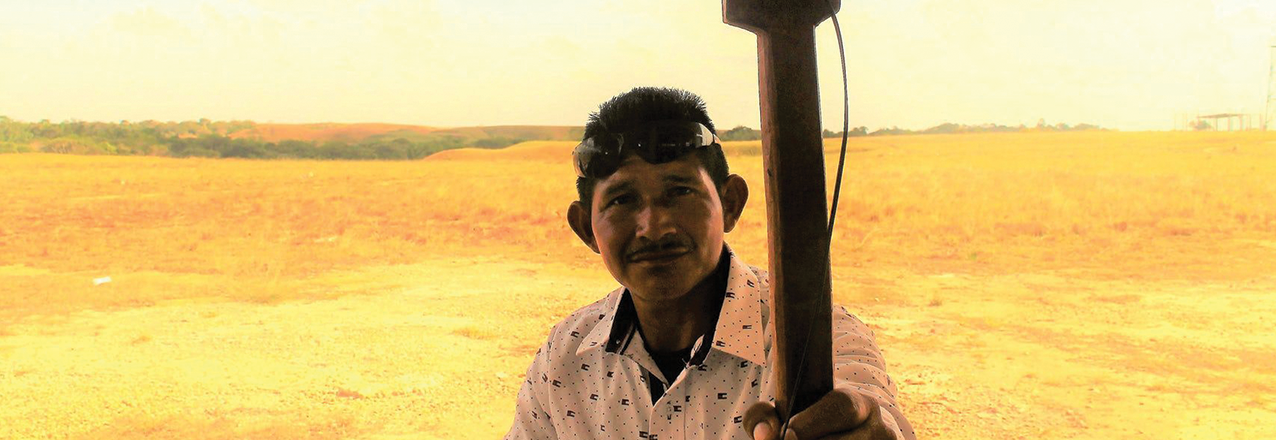How the Land Restitution Unit, with the support of USAID, has made significant progress in preparing restitution claims for the indigenous Sikuani community
OLD LANDS, NEW SPACES
The historic fight for the territory of the Sikuani indigenous community, settled in the municipality of Puerto Gaitán, Meta, gained momentum over 20 years ago, when the Sikuani collectively called for the territory’s formal recognition. During Colombia’s armed conflict, this community was the victim of massacres, torture, negative impacts brought by illicit crops, threats, and accusations of being guerrilla sympathizers.
Emiliano Rodríguez García, 68, is one of the oldest leaders of the Sikuani community. He recalls that before the conflict, they led a quiet life. They could readily cross the rivers and creeks, and they were free to go about their lives. However, after illicit crops arrived in 1991, life in the indigenous community took an unexpected turn. In nearby areas, drug lords established major coca crops—up to 50 hectares—and forced children and women to harvest the leaves.
“Indigenous people fear war and death; we don’t want to be killed. That’s why we moved away, seeking safety in the woods, where no one would bother us. We left many lands unsold. These lands stayed vacant and others took them over,” says Rodríguez.
During that time, the Sikuani people were restricted from moving about their territory and lived in the stranglehold of guerrillas and paramilitaries. In addition, many of their young people were recruited by armed groups. These groups did not respect indigenous authorities, and their encroachment affected indigenous traditions and brought social problems such as drug addiction and alcoholism.
“With the demobilization of the paramilitaries, things began to change for the Sikuani. Before that, we were victimized for defending our territory from drug crops, and this turned us into the target of drug lords,” said the current Sikuani leader, Luis Enrique López.


